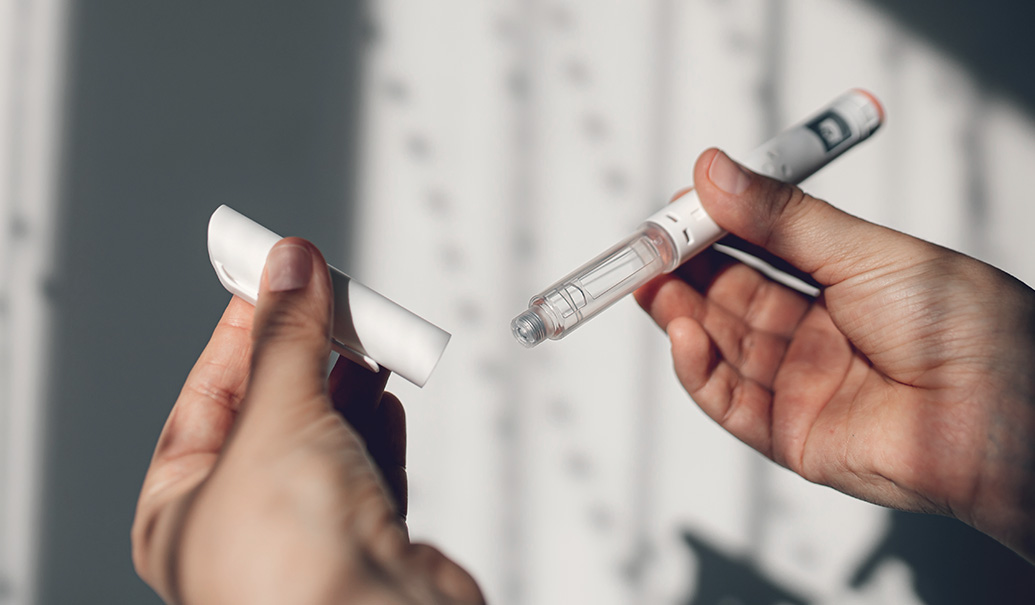Governments, private health insurers and employers worldwide are deeply concerned about the increasing cost of healthcare. U.S. healthcare cost as a share of GDP has nearly tripled from 1970 to 2017, resulting in a growing societal burden.
Prescription drugs have become the focal point of media and politicians as unfortunate pricing incidents by unscrupulous financial arbitragers like Martin Shkreli added to concerns over the budget impact of innovative, sometimes life-saving gene therapies, immune-oncology drugs and drug cures for hepatitis C. While receiving most of the public’s attention, prescription drugs have only been responsible for 12 to 13% of healthcare cost since 2000. European governments routinely cap pharmaceutical budget increases, not based on the increasing need of an aging population with increasingly poor health standards but based on economic growth. As these budgets are frequently exceeded, drug companies are routinely faced with forced price cuts.
A recent study looked into the cost of suboptimal diet in the United States, particularly focusing on the cost of cardiovascular disease. The study estimates that suboptimal intake of 10 food groups (fruits, vegetables, nuts and seeds, whole grains, unprocessed red meats, processed meats, sugar-sweetened beverages, polyunsaturated fats, seafood omega-3 fats and sodium) in the U.S. results in $50 billion in extra healthcare cost annually, mostly for acute care. This brings up a key question when it comes to the rising costs of healthcare: Are we doing enough to address unhealthy population lifestyles to fundamentally address the problem?
Addressing patient affordability is certainly an issue that the drug industry, health insurance industry and government should collaborate on to address. However, what about the other 87 to 88% of healthcare costs? This is hard to address as every congressional district has hospitals or other healthcare facilities. However, it wasn’t that long ago that we finally started to look at the poor nutrition that we’re giving our kids in school lunches. Is it time we take our local politicians out to lunch?















